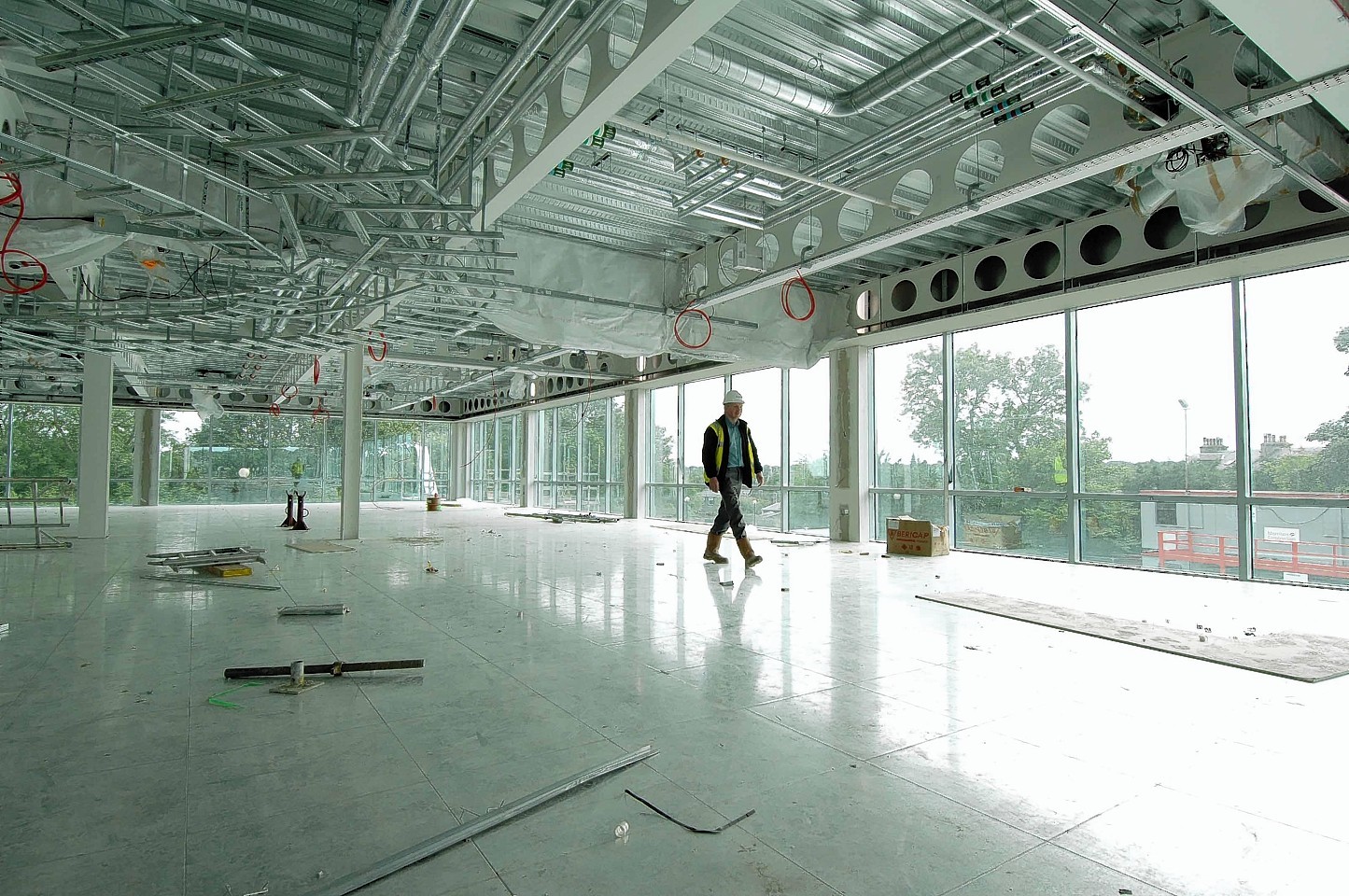Commercial property investors and the construction industry are the potential losers in Scotland’s big property tax shake-up, land tax expert Alan Cook warns.
Earlier this month, the Scottish Government announced the bands and rates to be introduced in its new Land and Buildings Transaction Tax (LBTT) – the replacement levy for Stamp Duty Land Tax from April 1, 2015.
Mr Cook, a partner in law firm Pinsent Masons and a specialist in commercial property, said average home buyers involved in deals below £325,000 would be better or no worse off, with institutional investors and developers building luxury houses left to pick up the tab.
There is also a risk the new system could deter pension funds from investing in Scottish commercial property portfolios, leading to a slowdown in construction, he added.
Mr Cook said: “The principle of the progressive nature of the LBTT rates and bands is welcome but the approach taken by the Scottish Government to setting the bands means that not only are there winners, namely buyers of average priced homes in Scotland, but there are also significant losers.
“Purchasers of larger family homes, in particular those in Edinburgh, Glasgow and Aberdeen, will pay more – in some cases substantially more.
“If this slows down the housing market at that level it will have a knock-on effect further down the housing ladder.
“Residential developers are very concerned about the impact it could have on the market.
“If it causes a slowdown in residential sales, this will in turn impact on the construction sector and the wider economy.”
According to Mr Cook, an increase in tax for commercial property transactions valued at £2.125million or above could put Scotland at a disadvantage to other regions in the UK.
He said: “Institutional investors, such as pension funds, buying commercial property in Scotland will face higher transaction costs than on the purchase of a comparable property elsewhere.
“The danger is that institutional investors will opt to invest their funds in the lower tax environment elsewhere in the UK, which could have a significant negative impact on commercial development of new offices, retail and industrial properties in Scotland.
“This in turn will impact on the construction industry and the wider economy and make Scotland a less attractive place for inward investment.”
The new rates were announced as part of an announcement by Scottish Finance Secretary John Swinney on the draft Scottish Budget for 2015-2016.
It is estimated LBTT will raise between £500million and £600million per year.
The first £150,000 of the sale or lease of non-residential property would be free of LBTT, according to the draft budget.
The proportion of a non-residential sale between £150,001 and £350,000 would be taxed at 3%, while any amount over £350,000 would be taxed at 4.5%.
Non-residential leases will be taxed at 1% of the amount by which the net present value exceeds £150,000. The net present value is calculated by reference to the rent payable and the term of the lease.
